Trois éléments
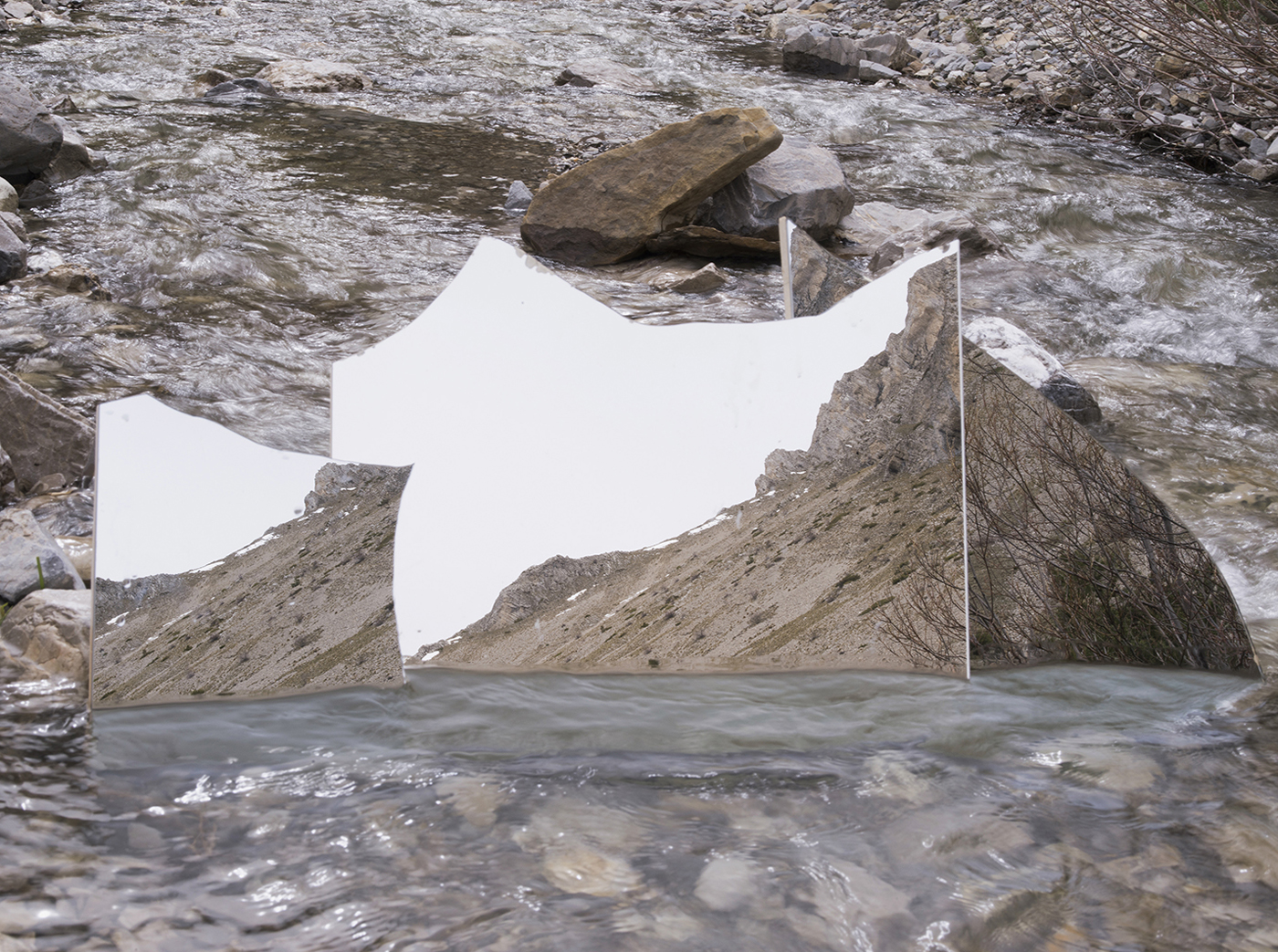
Trois éléments
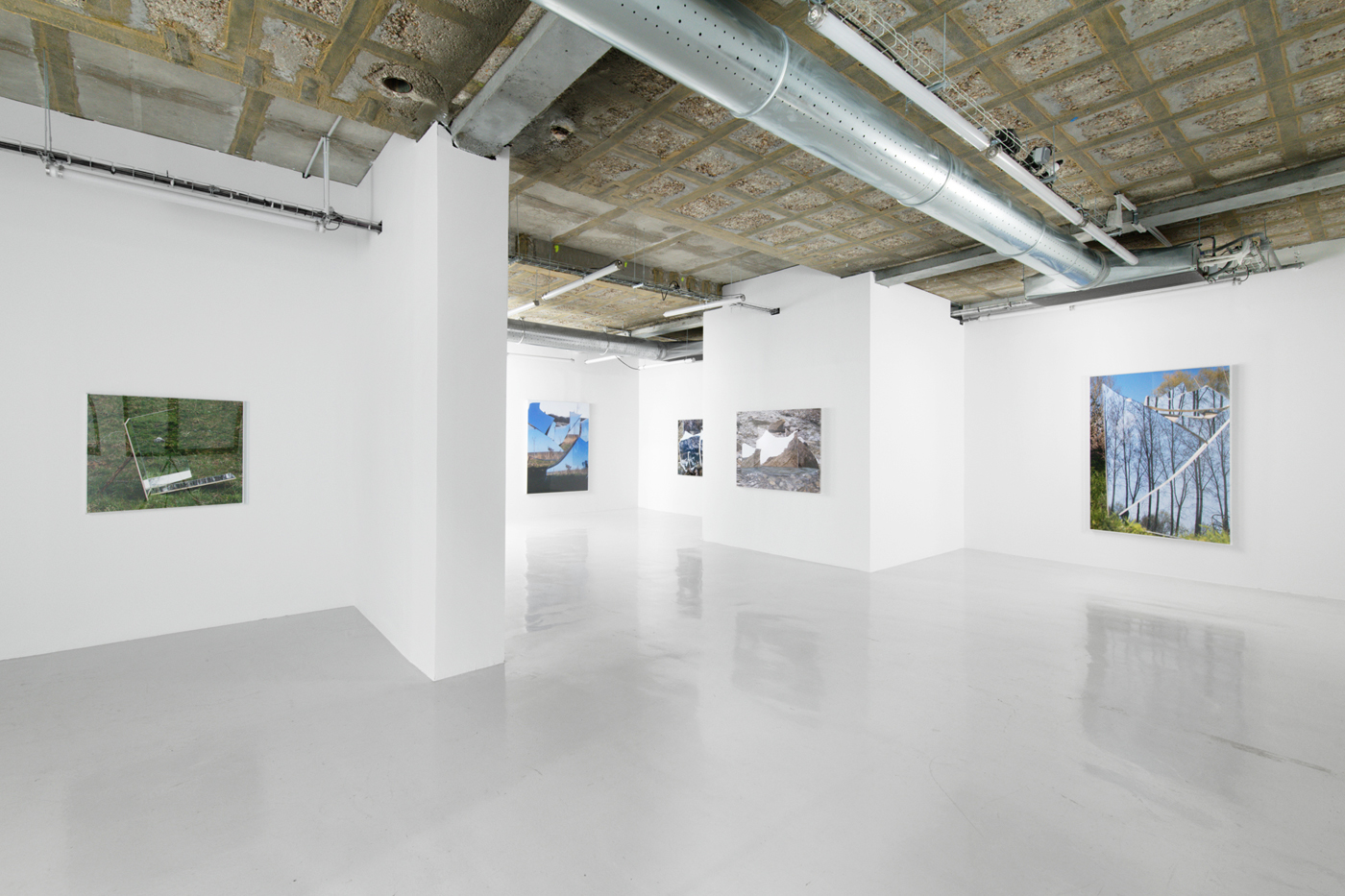
Trois éléments
"Trois éléments", galerie In Situ - fabienne leclerc, Grand Paris
03.11.24 - 21.12.24
© Aurélien Mole
Courtesy of the artist & galerie In Situ - fabienne leclerc, Grand Paris
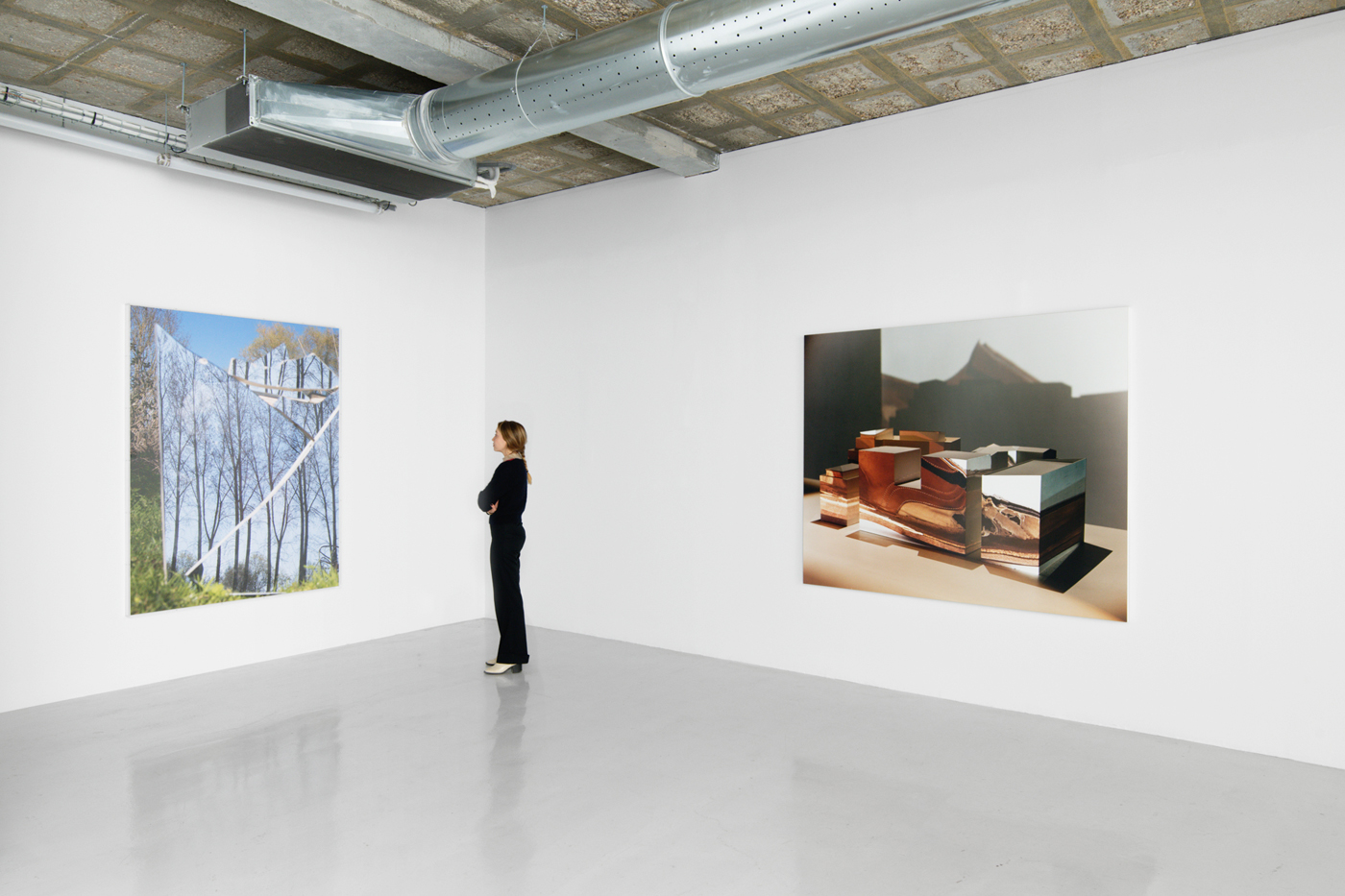
Trois éléments
"Trois éléments", galerie In Situ - fabienne leclerc, Grand Paris
03.11.24 - 21.12.24
© Aurélien Mole
Courtesy of the artist & galerie In Situ - fabienne leclerc, Grand Paris
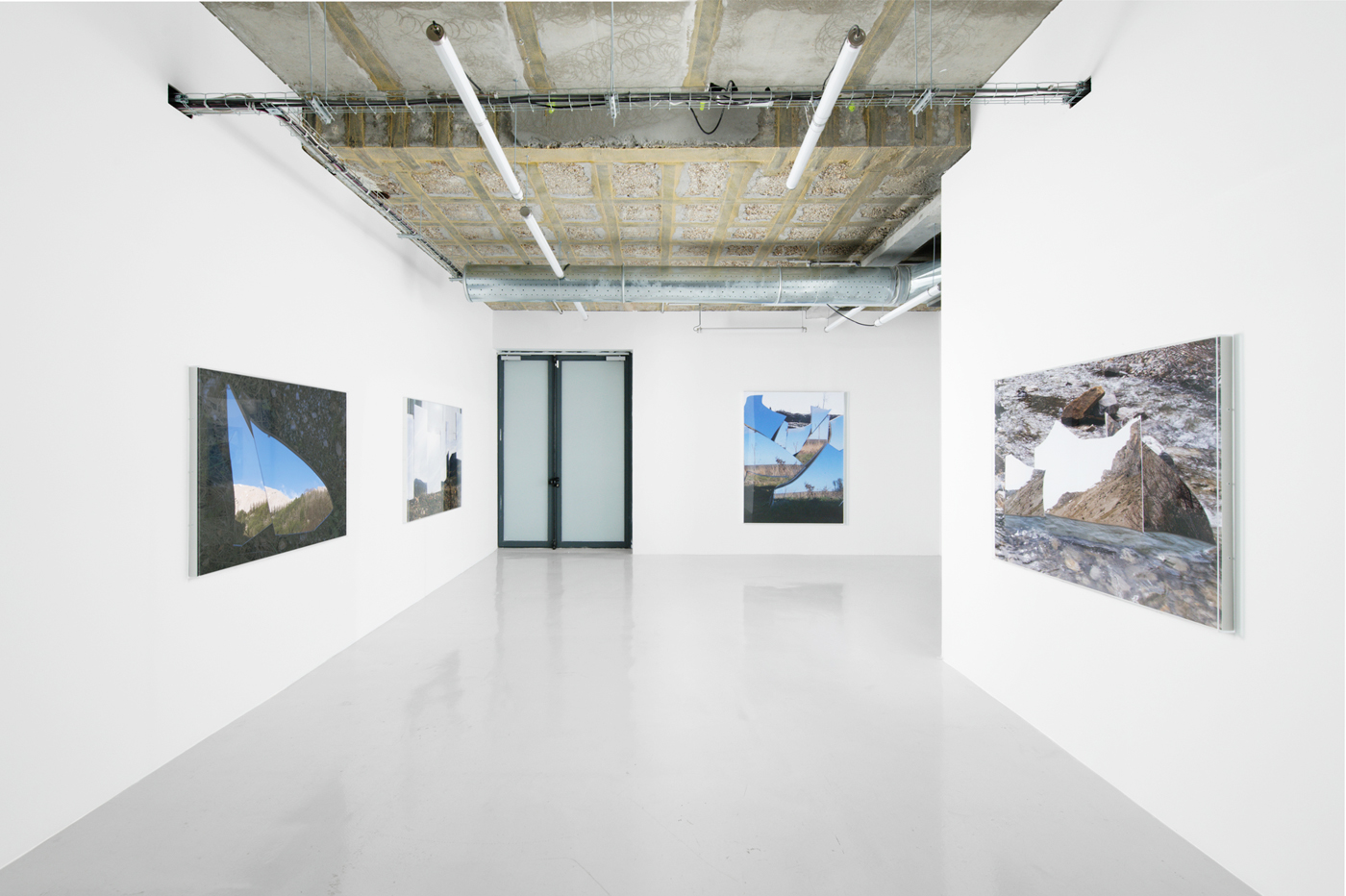
Trois éléments
"Trois éléments", galerie In Situ - fabienne leclerc, Grand Paris
03.11.24 - 21.12.24
© Aurélien Mole
Courtesy of the artist & galerie In Situ - fabienne leclerc, Grand Paris
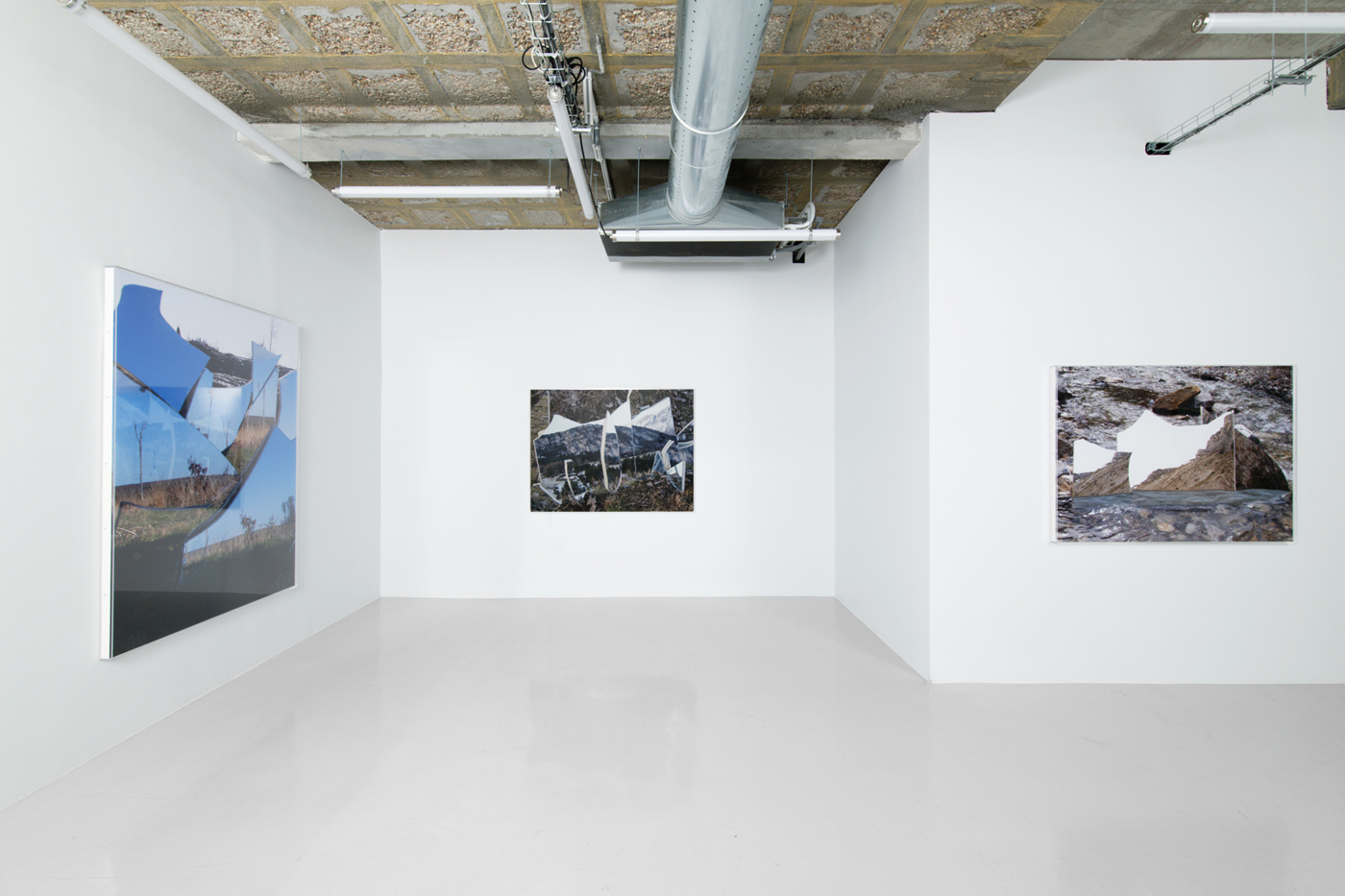
Trois éléments
"Trois éléments", galerie In Situ - fabienne leclerc, Grand Paris
03.11.24 - 21.12.24
© Aurélien Mole
Courtesy of the artist & galerie In Situ - fabienne leclerc, Grand Paris
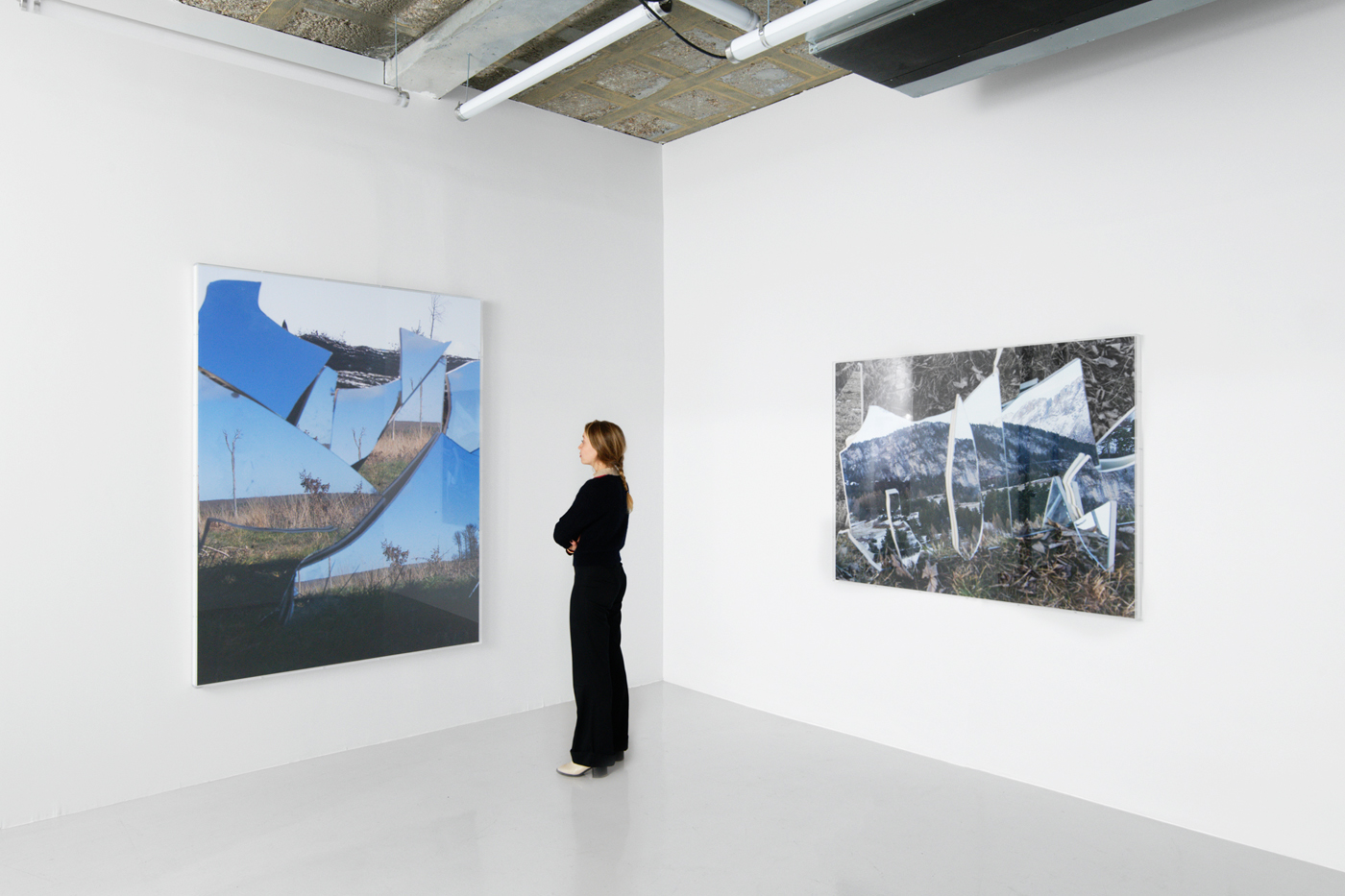
Trois éléments
"Trois éléments", galerie In Situ - fabienne leclerc, Grand Paris
03.11.24 - 21.12.24
© Aurélien Mole
Courtesy of the artist & galerie In Situ - fabienne leclerc, Grand Paris
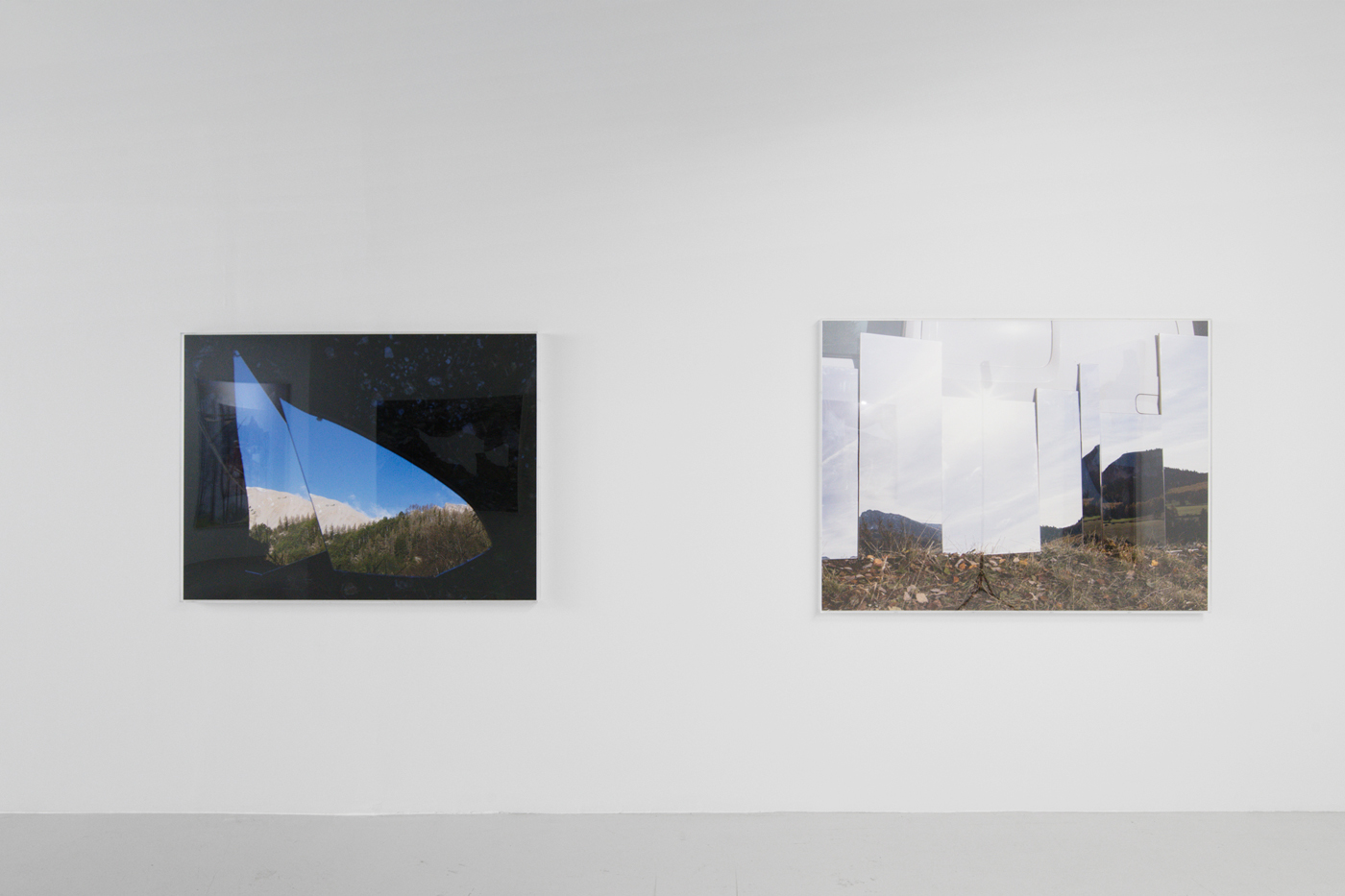
Trois éléments
"Trois éléments", galerie In Situ - fabienne leclerc, Grand Paris
03.11.24 - 21.12.24
© Aurélien Mole
Courtesy of the artist & galerie In Situ - fabienne leclerc, Grand Paris
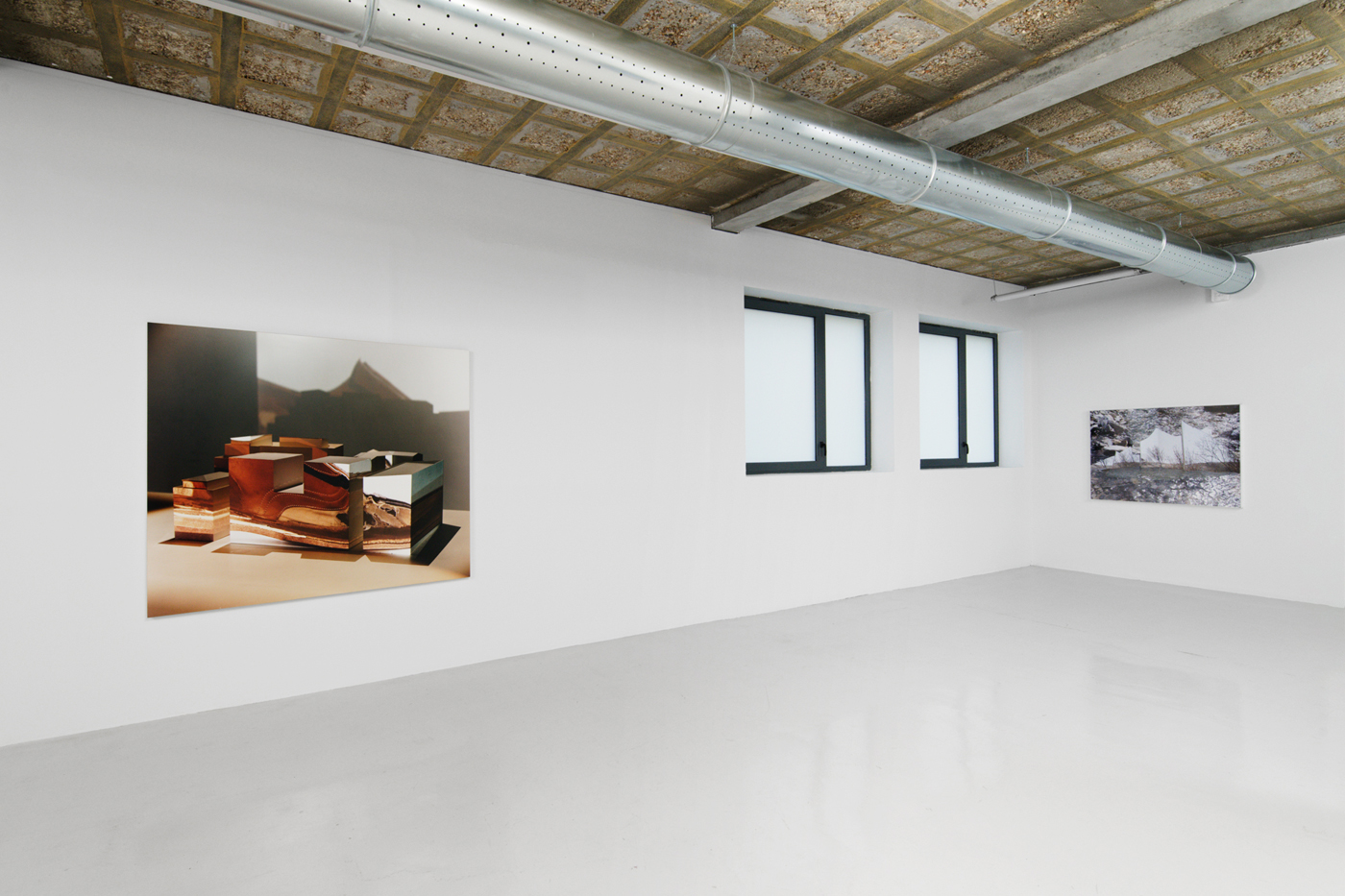
Trois éléments
"Trois éléments", galerie In Situ - fabienne leclerc, Grand Paris
03.11.24 - 21.12.24
© Aurélien Mole
Courtesy of the artist & galerie In Situ - fabienne leclerc, Grand Paris
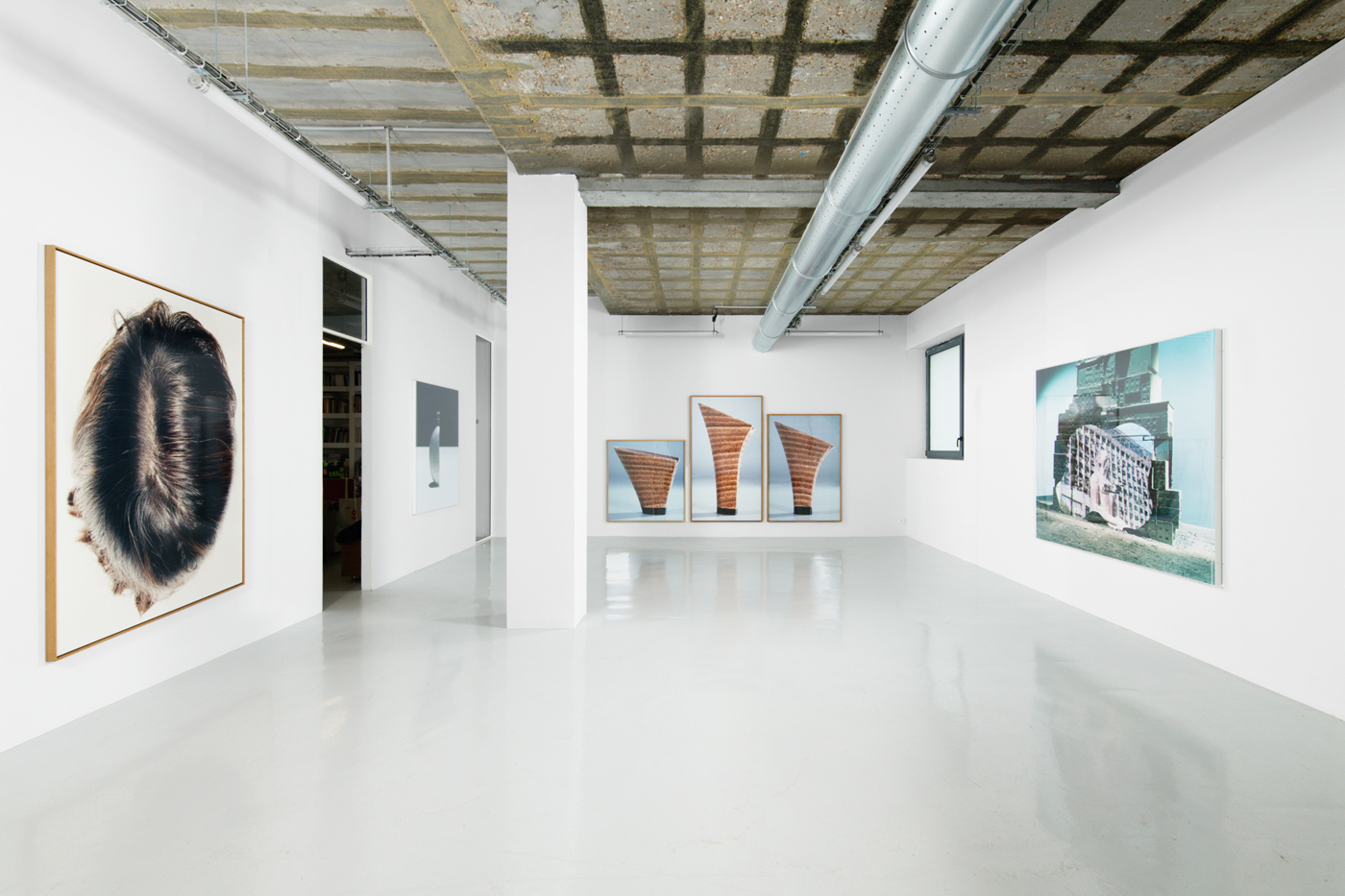
Trois éléments
"Trois éléments", galerie In Situ - fabienne leclerc, Grand Paris
03.11.24 - 21.12.24
© Aurélien Mole
Courtesy of the artist & galerie In Situ - fabienne leclerc, Grand Paris
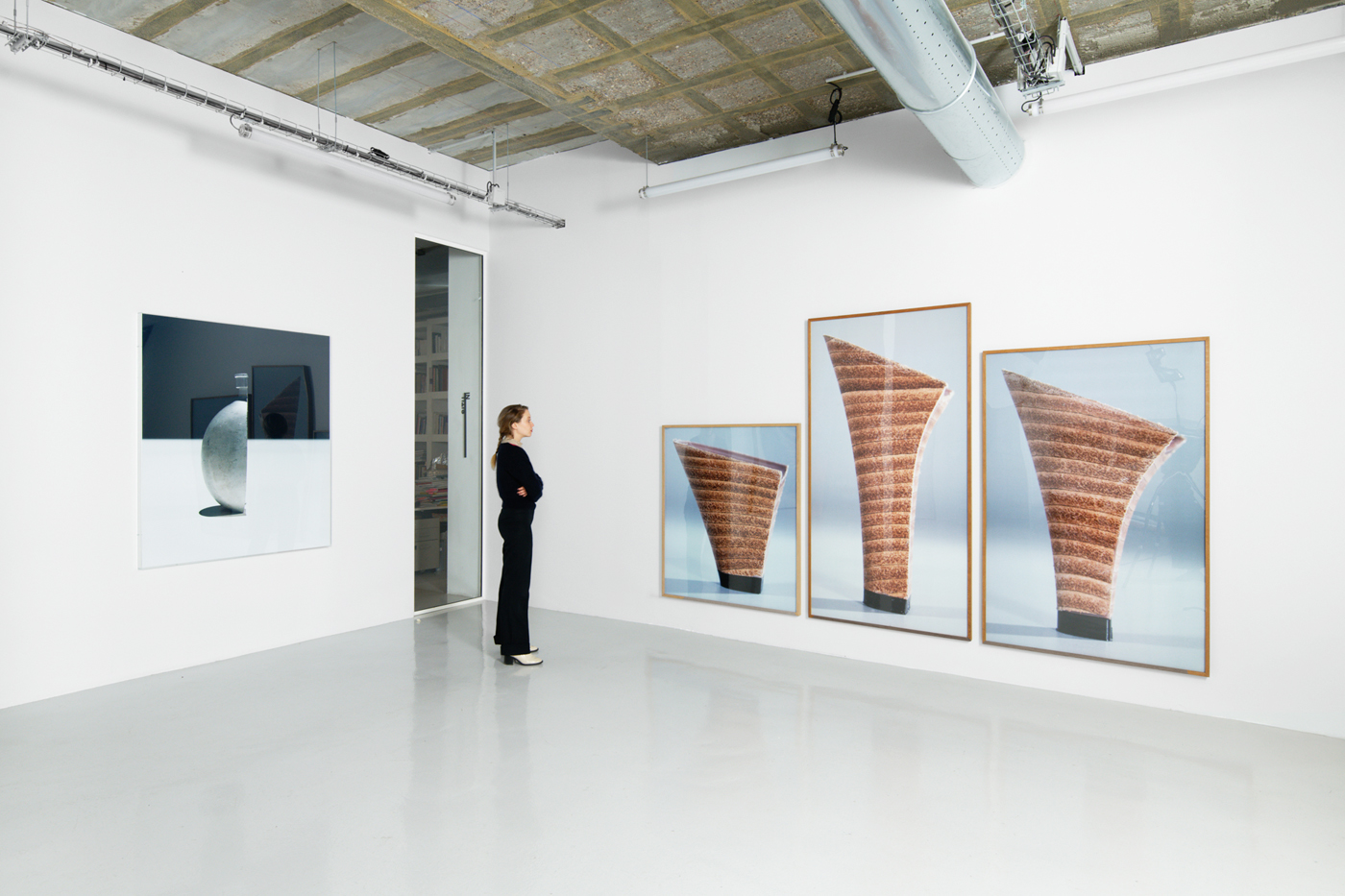
Trois éléments
"Trois éléments", galerie In Situ - fabienne leclerc, Grand Paris
03.11.24 - 21.12.24
© Aurélien Mole
Courtesy of the artist & galerie In Situ - fabienne leclerc, Grand Paris
Patrick Tosani's new exhibition Trois éléments is his 5th collaboration with Galerie In Situ since 2010, and a further testament to the coherence of the artist's work. Since the mid-1970s, architecture graduate Patrick Tosani has been developing a radical artistic practice that explores the potential and limits of the photographic medium, both formally and conceptually.
Patrick Tosani's practice seems to be permeated by a fundamental interrogation of what photography can do, at its most direct and frontal. Ever since his first series, he has been devising apparatus, the matrices of his work, which aim to explore and constantly push back the boundaries of the medium without diverting it. By exploring the fields of sculpture, performance and architecture, and by manipulating textures, space and materials, Patrick Tosani confronts photography with itself and questions the principles of representation and perception. With its experimental and performative dimension, his photography reveals and invests forms of duality and, consequently, of depth, between what composes and what constructs an image, between action and gesture, gaze and thought, surface and space, the real and its double. Patrick Tosani's work can be seen as a meticulous principle of disarticulation and observation of the principles that make up photography, while at the same time using it as a tool. The artist's works are thus defined by the establishment of a constant dialogue between its different parts, which sometimes borders on the absurd or implausible, and whose expression must be deciphered. Patrick Tosani's subtle portrayal of the qualities of both documentation and manipulation of the photographic image destabilises our gaze to the point of making us doubt reality.
The exhibition Trois éléments consists of a new series of images and a selection of historical projects, some of which are closely related to the new works. It reflects the transversality of the artist's work, with series from the 1970s to the present day responding to and feeding off each other, weaving a complex reflexive web about the nature of photography.
Taddeo Reinhardt, October 2024
A system of mirrors is set up in the middle of nature in order to capture the surrounding space according to chosen orientations and directions. It concentrates what is behind the observer (the distant) while at the same time merging with the reality of the field of view (the near) facing the camera.
This device disrupts spatial reference points and traps images of the environment, which merge into a new arrangement. The scale of things is also altered, since the mirrors have raised distant spaces to the same level as nearby elements.
This confrontation of spaces creates formal ruptures of material, light and texture, like an aggregation and fusion of interpretations: is it a decoy that conceals reality, an illusionist montage, or quite simply, the reality of the landscape and of the mere apparatus in front of the camera?
The intention of this work is to delegate to these mirror objects a capacity to make an image by destructuring the logic of representation and revealing the possibility of inventing new spaces and new territories.
These mirrors have random shapes of different sizes and dimensions. They are glued to wooden supports that embrace their exact contours. The purpose of the plywood is to amplify the stratification of this glass element, which becomes a flush surface that reveals the reality reflected. In the same way as the landscape recorded, this reality acquires a factuality through the mediation of this ephemeral construction, shifting but fixed by the photographic shot.
These constructions reflect a natural disorder in which the elementary laws of physics, gravity and perspective are disrupted. These mirrors cut out space, its elements, the mountain, the vegetation, the river, the trees, the horizon, the sky...
The visual information captured by these mirror-objects is modulated according to their orientation in space and their ability to take their place in an overall landscape.
These mirrors are objects that have a concrete effect on the surrounding nature, splitting and merging the field of reality. Some of the mirrors form a material barrier in the torrent, raising the question of whether it is the object that diverts the water or the reflection of the water and its image that are the real partitions of this spatial construction. A new world merges and reinvents itself.
The power of photography is delegated to these objects in a random and unpredictable way. The transformation and reconciliation of scales creates a new reading grid that questions the singularity and fragility of nature.